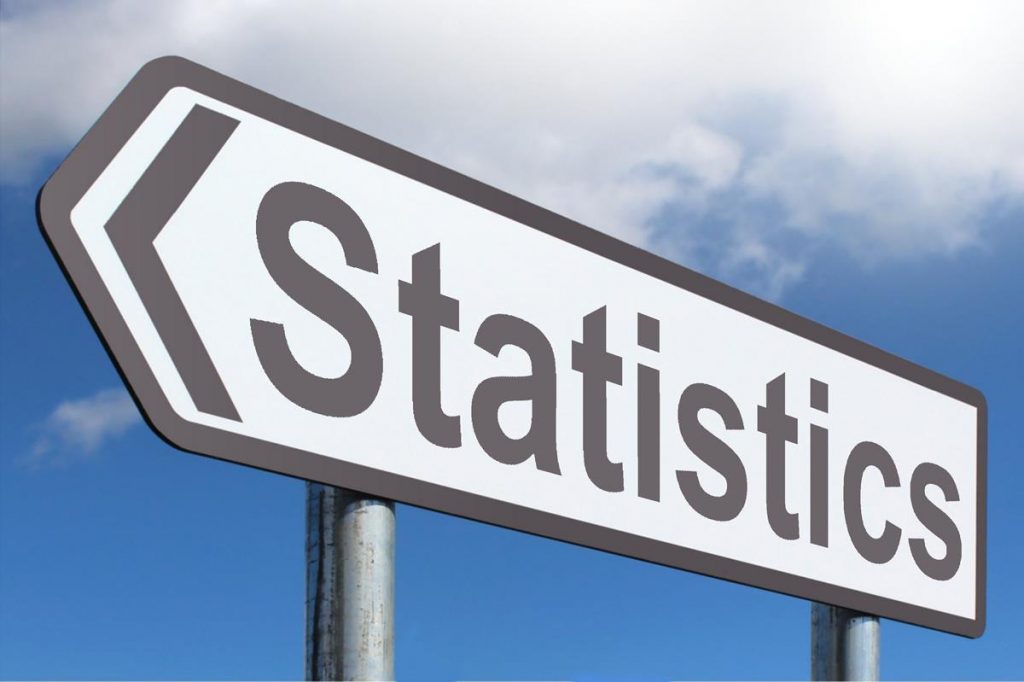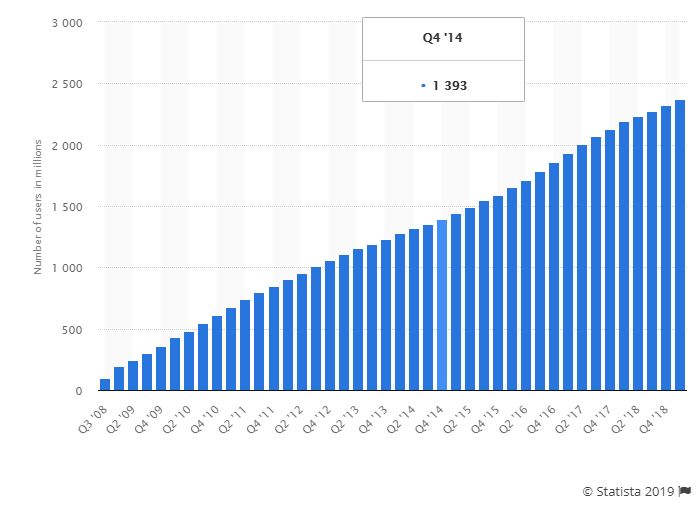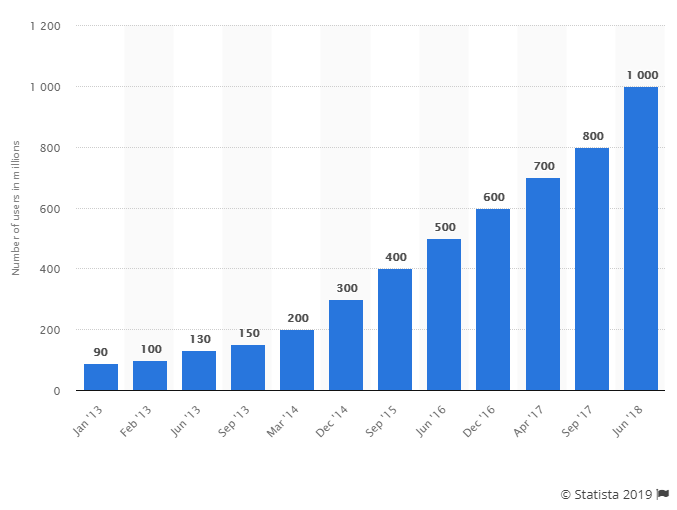Did you know that only 4% of people believe that backlinks can barely influence your rankings?
That means a whopping 96% disagrees with them. These people believe that link building is one of the best ways of making a mark on the top of the SERPs.
But if you think that acquiring just any type of link can get you there, you’ve got another thing coming.
While some links can catapult you to the summit, others go the opposite direction. So, rather than pursue every backlink opportunity that comes your way, you need to distinguish the good from the bad.
In this post, let’s look at this one SEO factor that can make or break your rankings: the quality of your link profile.
Let’s get the ball rolling.
What are the links?
Links can either be internal or external. First, let’s cover internal links. These are links that connect to internal pages of the same domain.
Here’s an example from Mondovo’s blog post on SEO content writing.

When you click the link, you’ll be sent to another page on the same blog.
Simple, right?
Internal links matter because it passes on traffic and PageRank to other pages in your site. Search engine crawlers will also have an easier time discovering them.
If you have a high number of internal links that point to a specific page, you’re sending Google a signal. You’re telling them that your page is important.
As long as you created this link naturally, Google will give that page a nod. Meanwhile, external links are links that point you to a place outside a domain.
If these links point you outside of your site, you can refer to them as outbound links. And if they are pointing to you from another site, you can refer to them as inbound links or backlinks.
Read More










